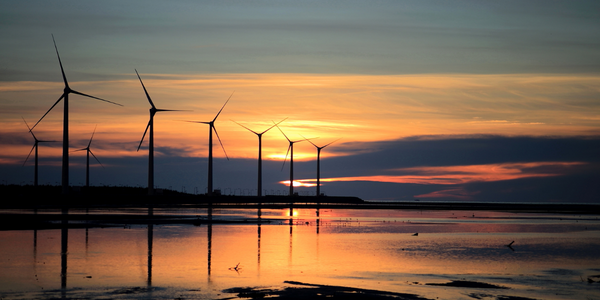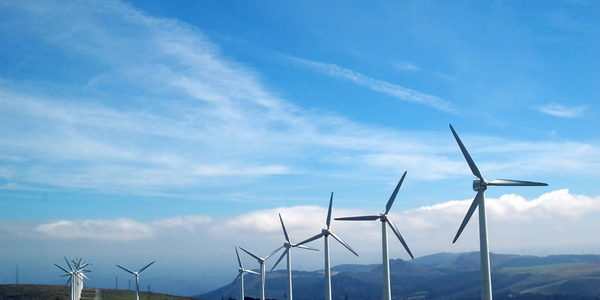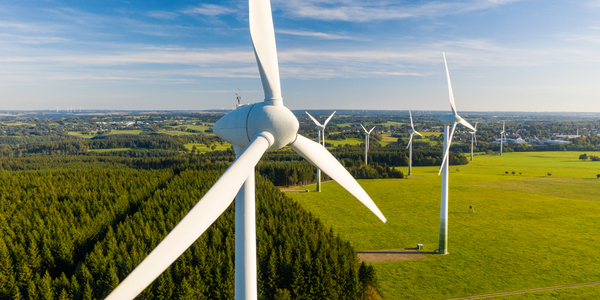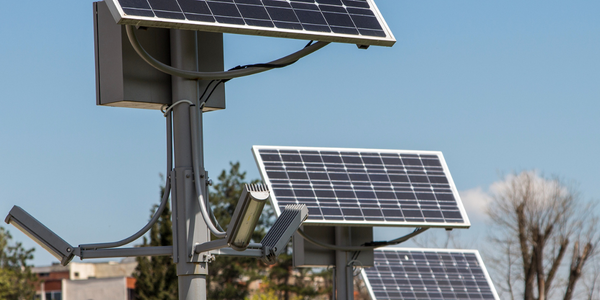Charm Industrial uses Datadog to access critical data in real time as they reduce the effects of climate change

Customer Company Size
SME
Region
- America
Country
- United States
Product
- Datadog Infrastructure Monitoring
Tech Stack
- Python
Implementation Scale
- Enterprise-wide Deployment
Impact Metrics
- Environmental Impact Reduction
- Productivity Improvements
Technology Category
- Analytics & Modeling - Real Time Analytics
Applicable Industries
- Renewable Energy
Applicable Functions
- Maintenance
- Quality Assurance
Use Cases
- Condition Monitoring
- Predictive Maintenance
Services
- Data Science Services
About The Customer
Charm Industrial is an environmental company that designs, builds, and operates mobile, fast pyrolyzers that work to remove CO₂, in the atmosphere and help mitigate the effects of global climate change. The company's goal is to reduce the effects of global warming and climate change. To achieve this, Charm plans to sequester gigatons of carbon dioxide (CO₂) from the atmosphere annually using a fleet of fast, mobile pyrolyzers. The company's pyrolyzer systems use high temperatures to decompose agricultural and forest biomass residue and convert it into bio-oil for use in carbon removal. These systems perform various jobs and have demanding safety standards. Each system includes sensors that measure critical data—such as temperature and pressure—to ensure Charm does not exceed safety thresholds.
The Challenge
Charm Industrial’s goal is to reduce the effects of global warming and climate change. Accomplishing that goal will require Charm to sequester gigatons of carbon dioxide (CO₂) from the atmosphere annually using a fleet of fast, mobile pyrolyzers. Charm will eventually operate tens of thousands of pyrolyzers 24/7. For Edward Young, Head of Software and Electronics/Staff Scientist at Charm, this presented a significant challenge. “When you have tens of thousands of systems, you can’t have operators at every single site,” he says. “To scale the business we needed a way to simultaneously monitor numerous systems in real time remotely.” Charm's pyrolyzer systems use high temperatures to decompose agricultural and forest biomass residue and convert it into bio-oil for use in carbon removal. These systems perform various jobs and have demanding safety standards. Each system includes sensors that measure critical data—such as temperature and pressure—to ensure Charm does not exceed safety thresholds. The team needs to monitor all that data in real time.
The Solution
Charm uses Datadog’s Infrastructure Monitoring solution as its primary systems monitoring interface to collect and alert on real-time metrics from all Charm's systems and build data visualizations that they can easily share with multiple stakeholders across the company. This instant access to critical data reduced analysis time from two to three days to just hours, allowing the team to easily identify trends and gather deep insights into how systems are performing. Young and his team use Python to aggregate raw data from Charm’s sensors and send it to Datadog as custom metrics, which are then displayed in real time across the company and the globe via dashboards. He was immediately impressed with how quickly he could visualize the data and glean insights using Datadog’s intuitive dashboards with drag-and-drop functionality. Today, the entire technical team of about 30 people has access to system data—including temperature, pressure, flow, and gas composition—through custom-built dashboards that enable them to conduct continuous active monitoring of the systems and alert the appropriate teams to potential problems.
Operational Impact
Quantitative Benefit

Case Study missing?
Start adding your own!
Register with your work email and create a new case study profile for your business.
Related Case Studies.

Case Study
Remote Monitoring & Predictive Maintenance App for a Solar Energy System
The maintenance & tracking of various modules was an overhead for the customer due to the huge labor costs involved. Being an advanced solar solutions provider, they wanted to ensure early detection of issues and provide the best-in-class customer experience. Hence they wanted to automate the whole process.

Case Study
Vestas: Turning Climate into Capital with Big Data
Making wind a reliable source of energy depends greatly on the placement of the wind turbines used to produce electricity. Turbulence is a significant factor as it strains turbine components, making them more likely to fail. Vestas wanted to pinpoint the optimal location for wind turbines to maximize power generation and reduce energy costs.

Case Study
Siemens Wind Power
Wind provides clean, renewable energy. The core concept is simple: wind turbines spin blades to generate power. However, today's systems are anything but simple. Modern wind turbines have blades that sweep a 120 meter circle, cost more than 1 million dollars and generate multiple megawatts of power. Each turbine may include up to 1,000 sensors and actuators – integrating strain gages, bearing monitors and power conditioning technology. The turbine can control blade speed and power generation by altering the blade pitch and power extraction. Controlling the turbine is a sophisticated job requiring many cooperating processors closing high-speed loops and implementing intelligent monitoring and optimization algorithms. But the real challenge is integrating these turbines so that they work together. A wind farm may include hundreds of turbines. They are often installed in difficult-to-access locations at sea. The farm must implement a fundamentally and truly distributed control system. Like all power systems, the goal of the farm is to match generation to load. A farm with hundreds of turbines must optimize that load by balancing the loading and generation across a wide geography. Wind, of course, is dynamic. Almost every picture of a wind farm shows a calm sea and a setting sun. But things get challenging when a storm goes through the wind farm. In a storm, the control system must decide how to take energy out of gusts to generate constant power. It must intelligently balance load across many turbines. And a critical consideration is the loading and potential damage to a half-billion-dollar installed asset. This is no environment for a slow or undependable control system. Reliability and performance are crucial.

Case Study
Remote Monitoring and Control for a Windmill Generator
As concerns over global warming continue to grow, green technologies are becoming increasingly popular. Wind turbine companies provide an excellent alternative to burning fossil fuels by harnessing kinetic energy from the wind and converting it into electricity. A typical wind farm may include over 80 wind turbines so efficient and reliable networks to manage and control these installations are imperative. Each wind turbine includes a generator and a variety of serial components such as a water cooler, high voltage transformer, ultrasonic wind sensors, yaw gear, blade bearing, pitch cylinder, and hub controller. All of these components are controlled by a PLC and communicate with the ground host. Due to the total integration of these devices into an Ethernet network, one of our customers in the wind turbine industry needed a serial-to-Ethernet solution that can operate reliably for years without interruption.

Case Study
Temperature monitoring for vaccine fridges
Dulas wanted a way to improve the reliability of the cold chain, facilitating maintenance and ensuring fewer vaccines are spoiled. Dulas wanted an M2M solution which would enable them to record and report the temperature inside vaccine refrigerators.

Case Study
IoT Powering A New Way to Light Streets with Bifacial Solar Panels
When James Meringer’s commercial contracting business experienced a rapid increase in solar projects, he also saw an opportunity to extend the benefits of solar by using the bifacial solar panels he’d become familiar with in new ways. Bifacial solar panels enable sunlight from both sides of the panel, making it a more efficient harvest of solar power. Seeing the panel’s power, James and his team set out to use the same technology for street lighting. Until now, solar street lights have served as utilitarian solutions that force designers to choose between form and function. The Mira Bella Energy team has changed that.






